Blue Finance is a social enterprise investing in the management of marine protected areas (MPA). Through its investments, it aims to create local economic development opportunities for vulnerable coastal communities, while preserving pristine ocean ecosystems.
Good management of marine protected areas (e.g. biodiversity management, law enforcement) is critical to their effectiveness. However, over 60percent of MPAs report inadequate funding to provide even basic services. Blue Finance tackles this funding gap by unlocking money from impact investors, DFIs, philanthropies and de-risking partners to implement sustainable revenue mechanisms for the MPAs. Revenue streams are generated from innovative eco-tourism solutions, nature fees, sustainable fishery and blue carbon, which are pooled in a special purpose entity. This entity works with local governments and with local partners (NGOs and communities) to manage the MPA under a long-term collaborative management agreement.159
A portfolio example of Blue Finance is the MPA “Arrecifes del Sureste” in the Dominican Republic, which covers 8,000 square kilometres and attracts over four million visitors annually. Blue Finance, partnering with local NGOs, signed a 10-year agreement with the government to co-manage the MPA. To finance the management, Blue Finance has structured a loan from impact investors blended with philanthropic grants. Through this investment, the MPA management is expected to create a marine spatial plan, improve and monitor the health of the MPA, ensure compliance and enforcement, engage local communities, support the MPA’s tourism industry and implement innovative revenue strategies to become financially self-sufficient.160
159 ‘Collaborative Management Approach’. n.d. Blue Finance. Accessed 25 September 2020. http://blue-finance.org/?page_id=2321.
160 ‘Dominican Republic: Designing, Financing And Implementing The Effective Management For One Of The Largest MPAs In The Caribbean’. n.d. Blue Finance. Accessed 25 September 2020. http://blue-finance.org/?p=1740.








